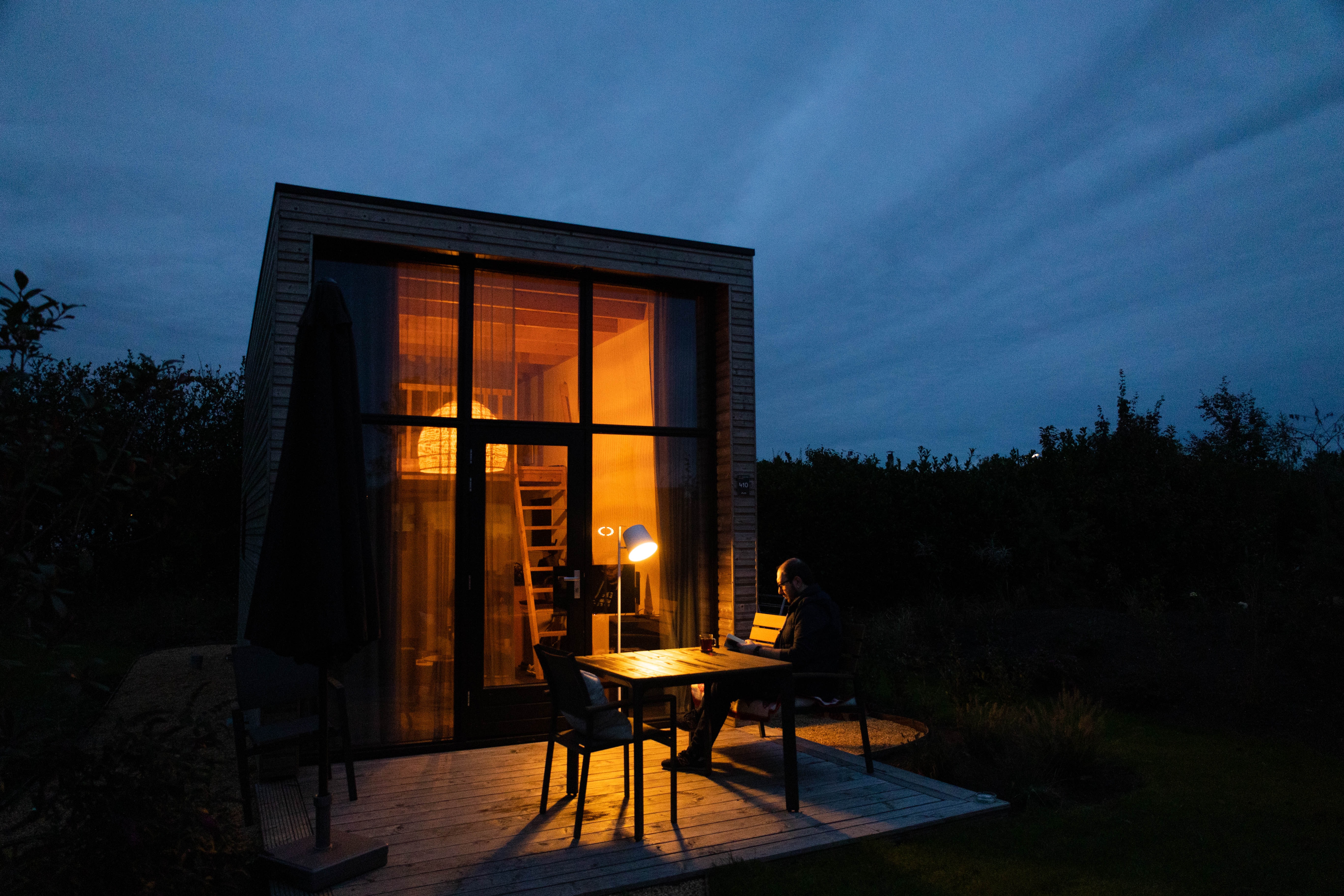How to establish a granny flat on your existing property
Apr 1, 2021 10:00:00 AM
Granny flats are self-contained living areas located on the property of another house. It’s called a granny flat because it is a popular option for families looking to house ageing parents, without crowding an existing house.
Most common arrangements involving granny flats:
- Housing for ageing parents or children
- Dependent children
- Additional rental income (this does not apply for all states)
Granny flats can be fantastic ways to house family members or receive additional rental income, whilst maintaining a sense of privacy and independence in everyone’s lives. There are, however, some factors to take into consideration before establishing a granny flat on your property.
Building a granny flat: what homeowners need to know
Even if the arrangement you are making between yourself and a loved one seems straightforward, there can be issues that arise in the future if adequate steps are not taken before beginning the arrangements.
You will need to consult with a third party and/or council before you begin any plans for establishing a granny flat on your property. There are differing state laws within Australia involving granny flats – in NSW, you will need to lodge an application for a granny flat as a complying development. To do this, you will need to complete and submit your nominated accredited certifier or Complying Development Certificate (CDC) application form, approved by your council.
You’ll also need to think about ongoing considerations. ‘Granny flat interests’ or ‘granny flat rights’ are agreements in which one party pays for the right to live in a specific home for life – one that does not belong to them. Common granny flat interest includes arrangements involving a parent moving into a child’s home or the child moving into the parent’s home. These arrangements may not necessarily involve the transfer of money between parties.
Issues that can arise:
- The breakdown of the relationship between the two parties
- Obligations of each party towards the maintenance of the granny flat
- Childcare or healthcare needs of either party
- Holidays or absences of either party
- Termination of any agreement
- Whether either party requires additional care
- Insurance obligations towards the property
- Responsibility of any payment plans or obligations
- Pensions or entitlements
Granny flat approval process
There are companies you can go through to establish approval for the granny flat plans for your property. Some basic requirements that must be met include:
- Property must have a minimum area of 450 square metres
- Only one granny flat is permitted per eligible block
- Property must have permitted residential zoning
- Property must have a minimum 12m street frontage
- Granny flat must have a maximum living space area of 60 square metres.
A granny flat can be an economical and suitable way of finalising living arrangements within your family, as well as adding value to your home and creating rental return. You must ensure that all planning requirements must be met before any construction starts.
Get help with property conditions
It can be difficult to know how to begin the process of establishing a granny flat on your existing property.
East Coast Conveyancing can conduct inspections and liaise with vendors on your behalf to take the stress out of establishing new property conditions and make sure you're fairly represented.
Call our team on 1300 327 826 or download our free ebook below to find out how we can help you.
Return to Blog


